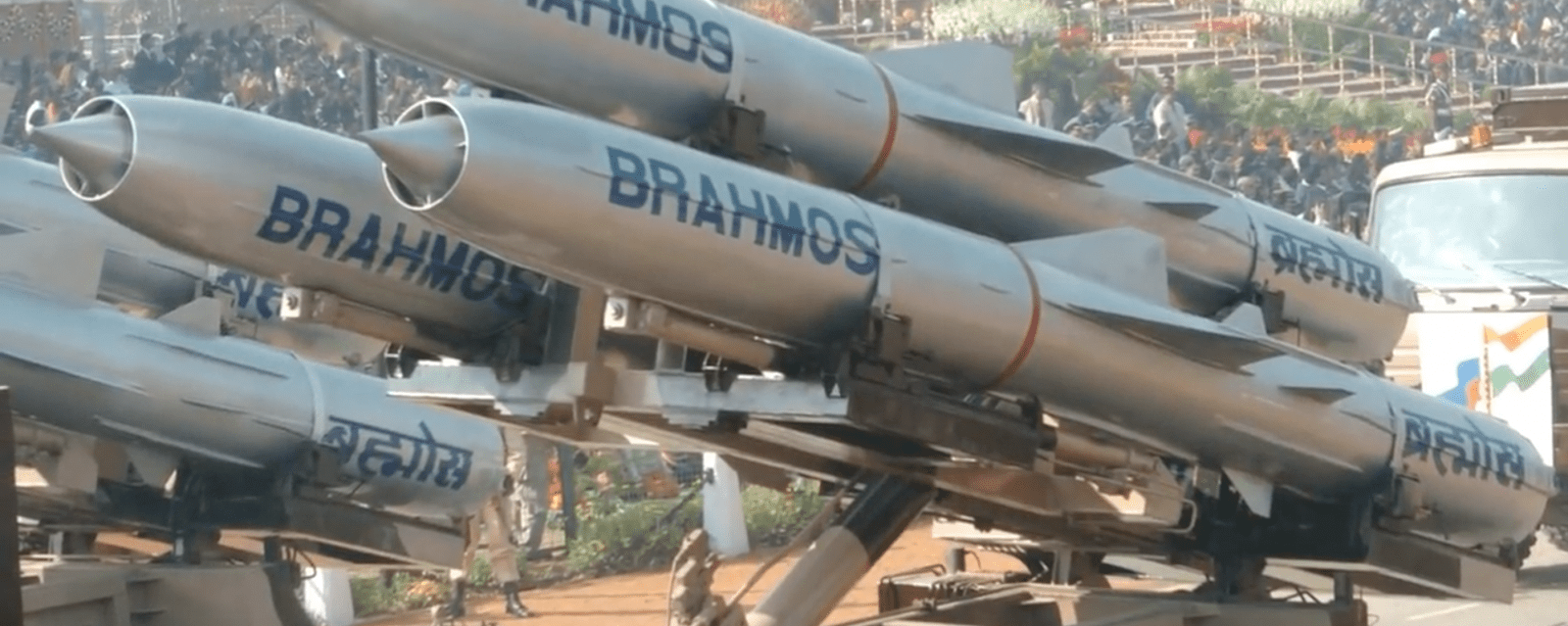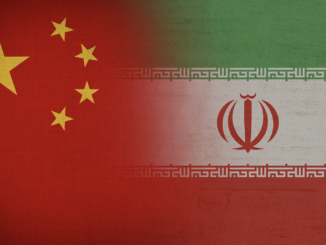 Power maximization and security is the desire of every state and usually leads to insecurity for other countries. Over the past decade, India has been on the course of revolutionizing its military capability by importing sophisticated arms and maintaining indigenous arms buildup projects. Military modernization is a process of changes in warfighting strategies, doctrines and capabilities of the armed forces of any state to achieve its political objectives. The primary incentive behind military modernization is to develop enough military capability to alleviate threats, project national material interests and power. The phenomenon leads to the development of offensive technologies, and after acquiring enough defence capabilities; inevitably, it results in an arms race which grips the national treasury in defence expenditures at the cost of development of the state in other domains.
Power maximization and security is the desire of every state and usually leads to insecurity for other countries. Over the past decade, India has been on the course of revolutionizing its military capability by importing sophisticated arms and maintaining indigenous arms buildup projects. Military modernization is a process of changes in warfighting strategies, doctrines and capabilities of the armed forces of any state to achieve its political objectives. The primary incentive behind military modernization is to develop enough military capability to alleviate threats, project national material interests and power. The phenomenon leads to the development of offensive technologies, and after acquiring enough defence capabilities; inevitably, it results in an arms race which grips the national treasury in defence expenditures at the cost of development of the state in other domains.
Ronald Reagan and Mikhail Gorbachev accepted the destabilizing nature of nuclear cruise missiles and ordered the elimination of ground-launched versions in the 1987 Intermediate-Range Nuclear Forces (INF) Treaty. In the same way, in 1991, President George H.W. Bush unilaterally ordered that all sea-launched Tomahawk nuclear cruise missiles be taken off surface ships and attack submarines, and put into storage. There they sat unemployed until former President Obama formally directed their dismantling in 2011. However, South Asia remains under the dilemma of having ineffective mechanisms to deal with such challenges.
India’s massive military buildup can be attributed to its revisionist attitude and aspirations for Great Power status. To deal with Pakistan, it has adopted a complex strategy whose dimensions include military and political pressure, engendering rebellion and terrorism, covert operations, diplomatic isolation, media propaganda and public defamation. In its quest for power maximization, India is ignoring the potential fallout of immature policies.
India is modernizing its military muscle in all domains, i.e., army, air force, navy, cyberspace, nuclear/missile, and outer space. In November 2018, its Defence Acquisition Committee under the Defence Minister Nirmala Sitharaman gave the approval to procure defence equipment worth 432 million USD, including Brahmos supersonic cruise missiles for the Navy’s two stealth frigates and armoured recovery vehicles for the Army’s Arjun main battle tanks. In the same month, Russia and India officially inked an agreement for New Delhi to purchase five units of the Russian S-400 air defence system.
On 27th March 2019, India conducted an anti-satellite (ASAT) test, causing massive space debris while triggering an expensive and unnecessary arms race in outer space. After a few days, on 15th April 2019, the Indian Ministry of Defense’s (MoD) Defense Research and Development Organization (DRDO) conducted the sixth flight test of the nuclear-capable Nirbhay cruise missile from the Integrated Test Range on Abdul Kalam Island. The Nirbhay is a subsonic long-range land attack cruise missile that can be armed with a 200-300 kilogram warhead. The nuclear-capable solid fuel missile can reportedly reach top speeds of 0.6-0.7 Mach and can strike land targets at a distance of up to 1,000 kilometres, which is a matter of grave concern for Pakistan.
Nirbhay missiles can eventually be deployed from multiple platforms, i.e. sea, land, aircraft, and underwater. The latest test was conducted from the land. In 2014, the DRDO chief Avinash Chander told that the DRDO is also planning to develop a ship, aircraft and submarine-launched version of this cruise missile. The first test of the air-launched variant is expected to take place in 2021 and reportedly has the loitering capability. Su-30 MKI fighter planes will be equipped with such missiles once they are ready.
Furthermore, the DRDO wants to increase Nirbhay’s range to 1,500 km. The acquisition of cruise missiles capability means that India is working on its targeting strategy. Cruise missiles are well suited for a counterforce role, due to their accuracy, and can be deployed to target storage sites, command and control centers, radar installations and bases. Likewise, due to its range, Nirbhay would enable India to deliver a strategic standoff capability on land as well as at sea. After the Nirbhay test in 2014, DRDO Director General Avinash Chander stated the missile’s cruise capability would be used to “fill a vital gap in the warfighting capabilities of our armed forces.” Hence, it is also intended to support India’s Cold Start Doctrine.
The U.S. and other like-minded states have intentionally turned a blind eye towards these developments, and at their own peril. Pakistan has been proposing a number of confidence-building measures but India, continuing to demonstrate reluctance, has rejected them. The vertical missile proliferation from the Indian side will act as a catalyst in intensifying the security dilemma and an arms race in the region. India should shun its belligerent and war-mongering attitude and should behave rationally. Moreover, India’s pursuit of regional hegemony and global power ambitions further augment aggressive policies and strategies. The deterrence equation and prevailing strategic stability will be profoundly affected by these developments. India’s move towards a counterforce targeting strategy will have dangerous ramifications for South Asian deterrence stability.
This belligerent posture, irrational defense buildup, import of massive military equipment and hegemonic designs pose serious dangers to strategic stability and deterrence stability of the region. It is in the interest of both states that they cooperate with each other and adopt confidence-building measures to avoid misperception and miscommunication.
Misbah Arif, Islamabad based researcher and M.phil scholar from School of International Relations, Quaid-I-Azam University Islamabad
Related Articles
![]()




Be the first to comment